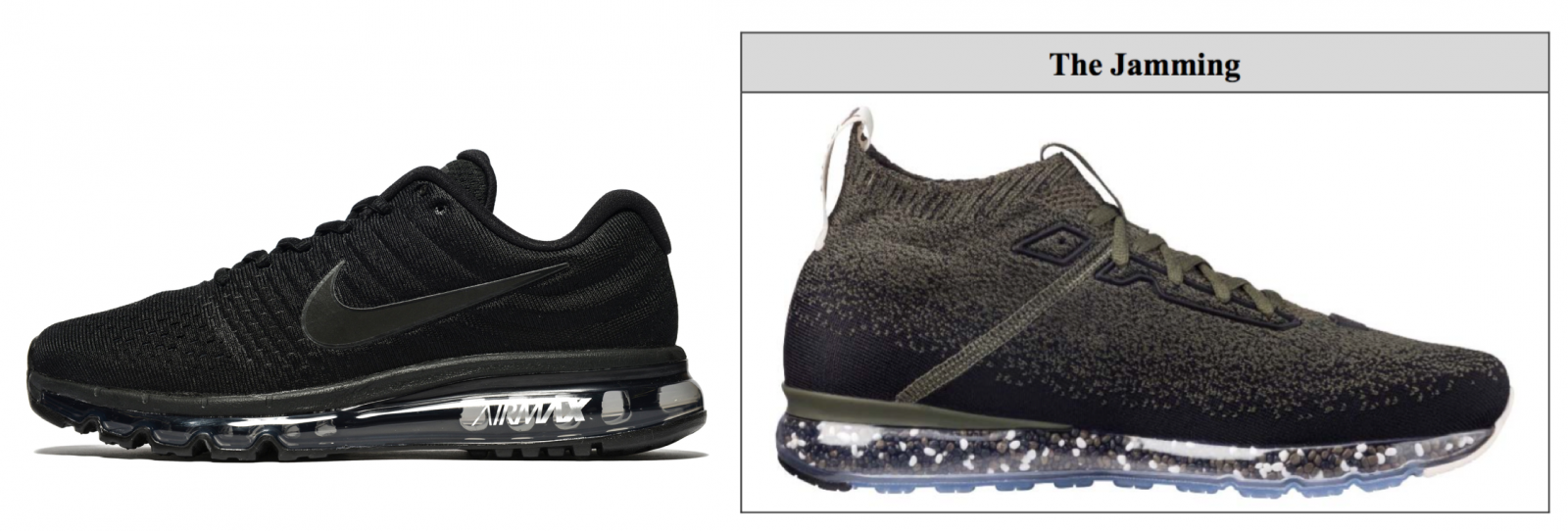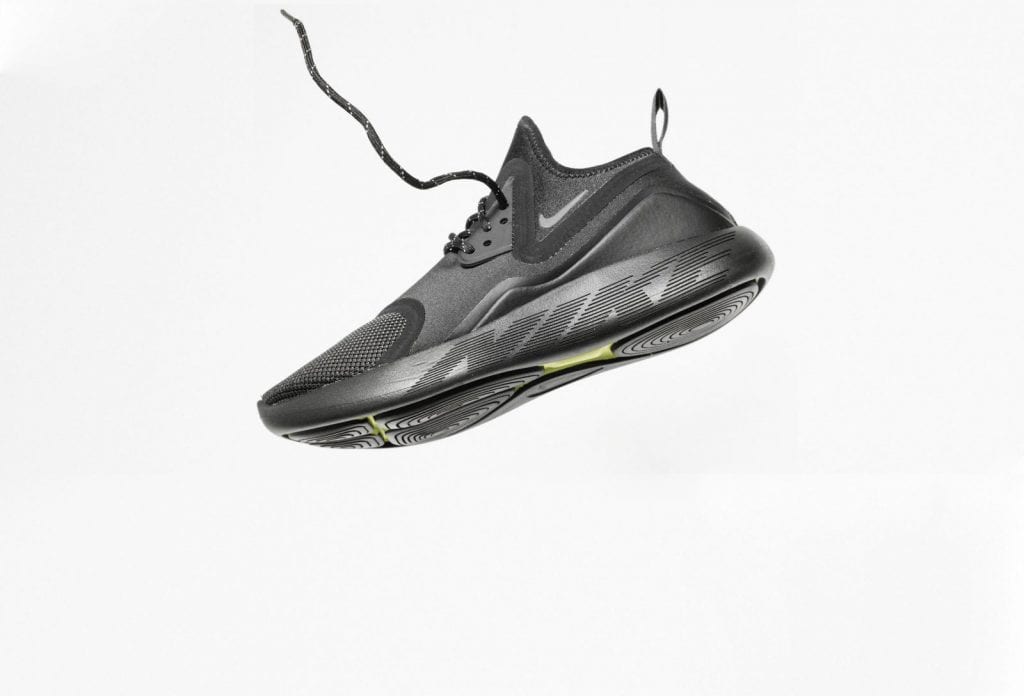Nike is not mincing words in the new patent infringement lawsuit it has filed against Puma. The Oregon-based sportswear giant asserts that its mission is to “bring inspiration and innovation to every athlete in the world,” and it does so “by investing heavily in research, design, and development.” Puma, on the other hand, argues Nike, “has forgone independent innovation and is instead using Nike’s technologies without permission.”
According to its complaint, which was filed in federal court in Massachusetts on Thursday, Nike asserts that it spends “years of research, design, and development” to create its various design staples, including its Flyknit, Air, and cleat technologies only to have Puma “willfully, intentionally, and deliberately infringe” those technologies for its own financial gain.
Introduced in 2012 and regarded as a “quantum leap” in the industry, Nike’s $1 billion-plus grossing Flyknit technology uses yarn and fabric variations to engineer “a featherweight, formfitting and virtually seamless upper.” Another staple: Nike’s similarly lucrative Air technology, which it introduced in 1987 and has “continued to innovate over the following three decades,” is, according to Nike, “an important component of its strategy and it is integral to Nike’s success.”
Due to the novelty of the Flyknit and Air technologies, Nike “has taken steps to protect its technology” including “filing and obtaining patents around the world.” In fact, Nike asserts that it “owns more than 300 issued utility patents directed to its Flyknit technology,” and “800 utility patents directed to its Air technology.”
While such patent protections have enabled Nike to cut down on others’ unauthorized use of the technology that underlies some of its best-selling footwear styles, it has not stopped Puma from “using the Flyknit and Air technology without Nike’s permission.”
For instance, Nike claims that Puma introduced its first knitted footwear, the Ignite Proknit, in October 2015, three years after Nike first debuted its own groundbreaking knit technology. “Puma has promoted the IGNITE Proknit as having a “fully knit upper” that “gives it lightweight breathability, an incredibly comfortable fit, and fresh style,” not unlike Nike’s own Flyknit footwear.
The German sportswear brand has since released additional styles that incorporate a knitted upper and that make “use [of] Nike’s Flyknit technology and practice the inventions covered by one or more claims of Nike’s Flyknit patents.”

Nike Flyknit sneaker (left) & Puma’s knitted sneaker (right)
While Nike states that industry commentators have pointed out the similarity between Puma’s IGNITE Proknit and Nike’s Flyknit, it is worth noting that Nike is asserting utility patent (not design patent) infringement claims, meaning that the appearance of the Puma footwear is not what is at issue here. Instead, it is the underlying process that goes into creating the knitted upper that Nike claims Puma has replicated.
As for the Air technology – which consists of air-bag cushioning benefits (including a lighter-weight shoe “without reducing performance” and reduced impact to wearers’ “muscles, joints and tendons” – Nike argues that “thirty years after Nike Air revolutionized the footwear industry, Puma began using Nike Air technology without Nike’s permission.”
Still yet, Nike states that Puma began copying the “strategically placed cleats, support bars, and sections of varying stiffness to improve flexibility, foot control, balance, and propulsion” of its soccer cleats when it introduced its evoSPEED SL FG in 2015. That release came almost 50 years after Nike introduced its first molded rubber cleat.

Nike Air sneaker (left) & Puma’s air sneaker (right)
Nike claims that “Puma knew or should have known that making, using, offering to sell, selling, and/or importing [its allegedly infringing footwear] would directly infringe [Nike’s] patents; yet Puma infringed and continues to infringe the patents.” Moreover, while Nike claims that it has “asked Puma to stop infringing its [seven] patents” – numbers 6,973,746; 7,401,420; 7,637,032; 8,266,749; 9,078,488; 9,314,065; 9,375,046 – “Puma refuses to do so,” As a result, Nike “has suffered irreparable harm and damages.”
Nike has asked the court to order Puma, as well as “its affiliates, officers, agents, employees, attorneys, and all other persons acting in concert with Puma” to immediately and permanently cease all allegedly infringing use of the patents at issue. Additionally, Nike is seeking monetary damages, including “an award of damages adequate to compensate Nike for Puma’s infringements of the Nike Patents that have occurred, together with prejudgment and post-judgment interest and costs,” enhanced damages due to the “willful” nature of Puma infringement, and attorneys’ fees and costs.
Puma was not immediately available for comment.
UPDATED (January 13, 2020): Counsel for Nike filed a joint stipulation of dismissal on January 10, seemingly suggesting that the parties have settled their differences out of court. The case was formally dismissed on January 13.
The case is Nike, Inc. v. Puma North America, Inc., 1:18-cv-10876 (D. Mass.).











